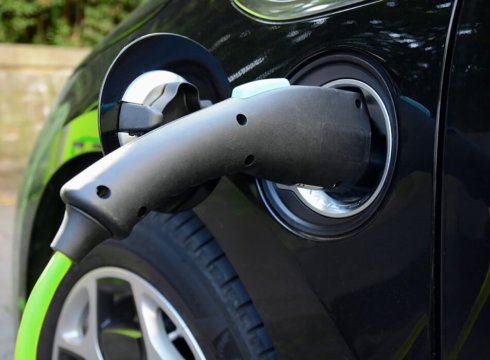SUMMARY
The Battery Packs Of Mahindra And Tata Motors’ EVs Don’t Meet Global Standards, Say Govt Officials
Inc42 Daily Brief
Stay Ahead With Daily News & Analysis on India’s Tech & Startup Economy
Some central government officials have reportedly refused to use electric vehicles (EVs) developed by Mahindra and Mahindra Ltd (M&M) and Tata Motors Ltd which are set to replace the existing fleet of petrol- and diesel-powered cars used by the government. The officials have said that these EVs’ performance is poor and their mileage is low.
According to one of the officials, Mahindra’s eVerito and Tata Motors’ Tigor EVs fail to run even 80-82 km on a single charge within city limits. Their battery capacity of 17kW doesn’t meet the global standard, which is 27-35kW.
“Hence, the apprehensions of officials are genuine and the refusals to use the vehicles acceptable,” the official said.
The ministry of power rolled out electric vehicles by Mahindra and Tata Motors as part of the National E-Mobility Programme. The state-run Energy Efficiency Services Ltd (EESL) is responsible for procuring EVs under the programme.
Tata Motors and Mahindra were to supply 350 units and 150 EVs, respectively, in the first phase. Subsequently, the automakers were to provide another 9,500 units of EVs to the EESL, with M&M accounting for 40% of the total.
Mahindra’s eVerito is an electric version of Verito sedan. This EV takes around one hour and 45 minutes for a full charge. The company had earlier claimed that on one full charge, its eVerito can travel up to 110km. M&M also announced a partnership with American automotive manufacturer Ford to develop midsized and compact SUVs as well as a small electric vehicle.
Tata Motors claims its Tigor EV has a range that is rated at 130km with a top speed of 100kph. The company is also working on an electric version of its light commercial vehicle (LCV), Tata Ace, which can carry up to 1 tonne. At the same time, M&M is also working to develop an electric powertrain for its offerings in the sub-two-tonne segment.
According to the EESL, there are over 150 EVs plying on the roads of Delhi and Andhra Pradesh under the National E-Mobility Programme. It further plans to deploy about 200-250 EVs by mid-July.
Bloomberg recently reported that the second tender of 10k units has been postponed to 2019 due to lack of charging infrastructure.
However, the Indian government is continuing with its push to roll out more EVs on the country’s roads. Most recently, reports surfaced that the government is looking to tighten the ’22 CAFE norms. Reportedly, a proposal regarding the same has been made in a report submitted by the ministry of road transport to the Niti Aayog.
Under the CAFE norms, automakers are required to manufacture cars that are 30% or more fuel-efficient from 2022 and 10% or more between 2017 and 2021.
Without clear guidelines on EV manufacturing in India, the push to EVs is meaningless. Until EVs in India meet global standards, they will not be able to gain mainstream traction.
[The development was reported by Livemint]
Note: We at Inc42 take our ethics very seriously. More information about it can be found here.


